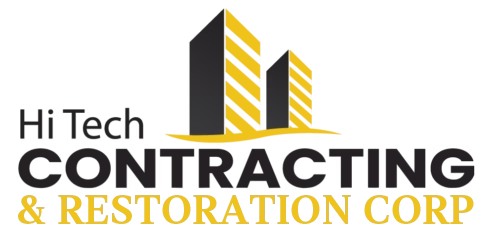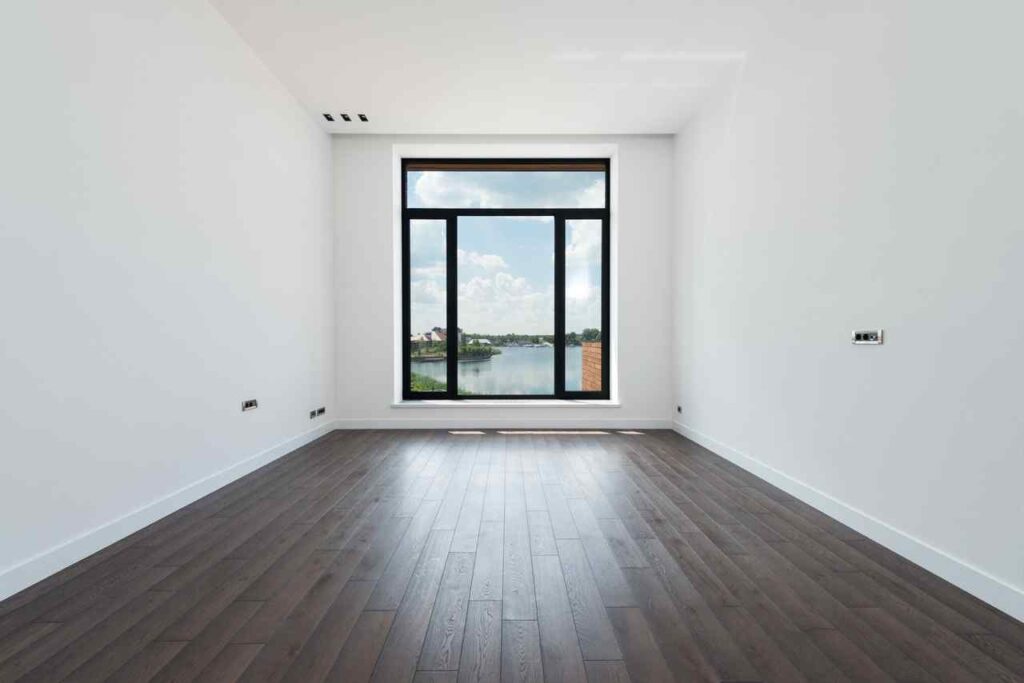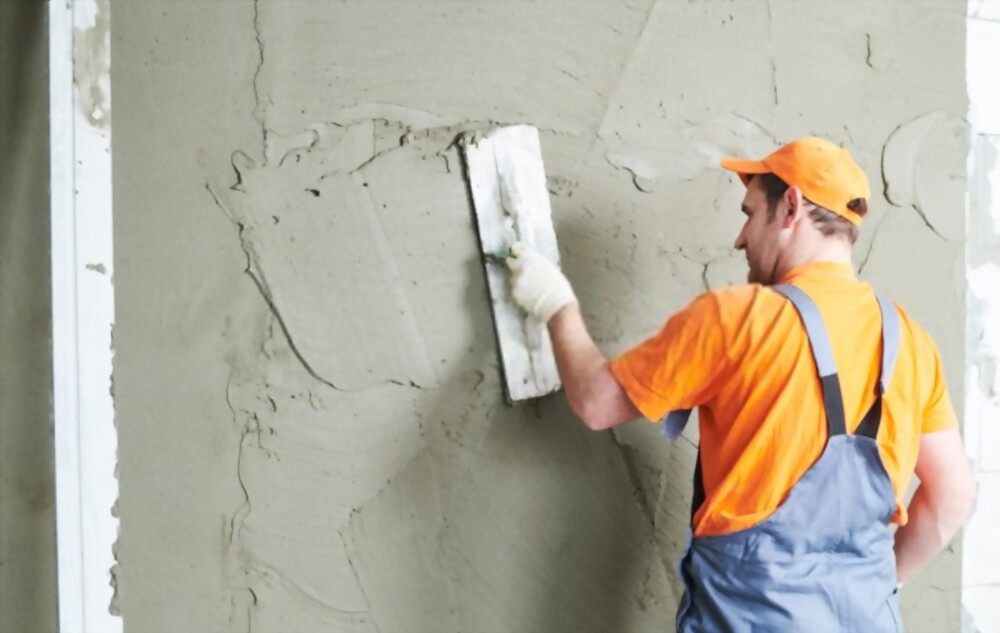Stucco waterproofing in Brooklyn is essential to protect surfaces from moisture damage. It involves regular inspections, timely repairs, and applying high-quality sealants and coatings. Key methods include exterior and interior waterproofing, crack repair, and installing moisture barriers and drainage systems to ensure long-lasting durability and resistance to the elements.
Stucco is a popular exterior and interior finish known for its durability, aesthetic appeal, and versatility. However, to maintain its longevity and performance, effective waterproofing is essential. This comprehensive guide explores all types of waterproofing methods for 2024, ensuring your stucco surfaces remain robust and resilient against moisture damage.
Exterior Stucco Waterproofing
Exterior stucco faces constant exposure to the elements, making waterproofing crucial. The process begins with a proper application, ensuring that each layer is correctly mixed and applied to create a solid, uniform surface.
Adding a waterproofing agent to the stucco mix enhances its moisture resistance. Additionally, applying a high-quality exterior paint or sealant provides an extra layer of protection, helping to repel water and prevent absorption.
Interior Stucco Waterproofing
Interior stucco is less exposed to the elements but still requires waterproofing, especially in moisture-prone areas like bathrooms and kitchens. A good practice is to apply a moisture-resistant primer before the stucco application.
This primer acts as a barrier, preventing moisture from penetrating the walls. Finishing with a waterproof paint or sealant further ensures the interior stucco remains protected from dampness and potential mold growth.
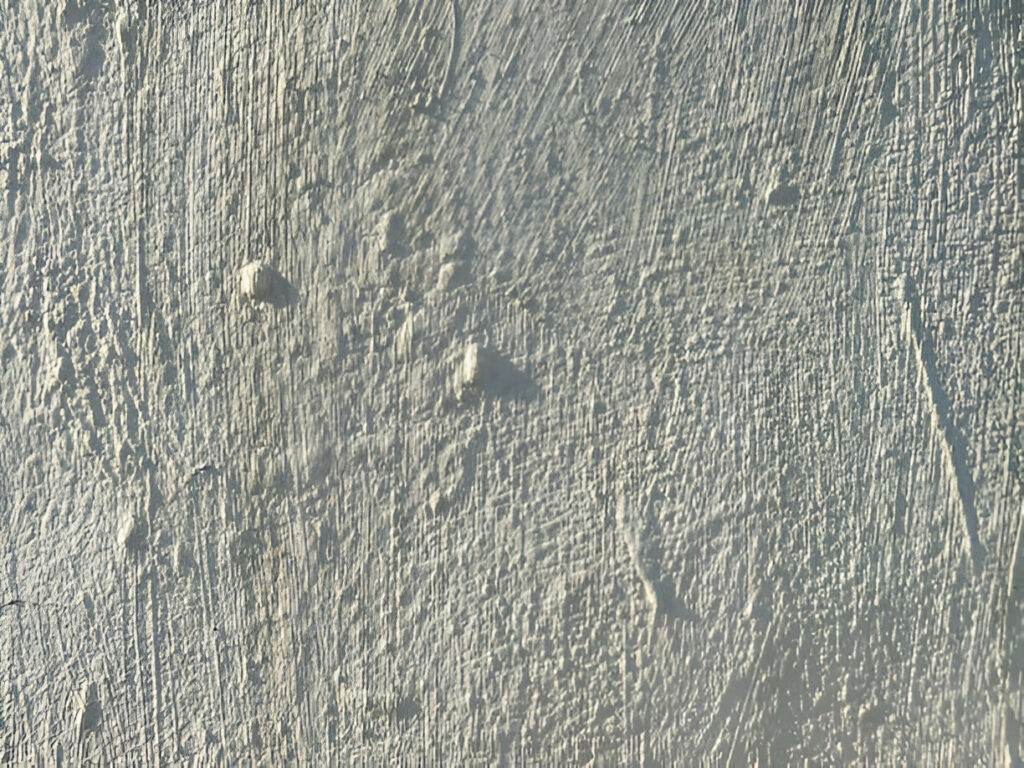
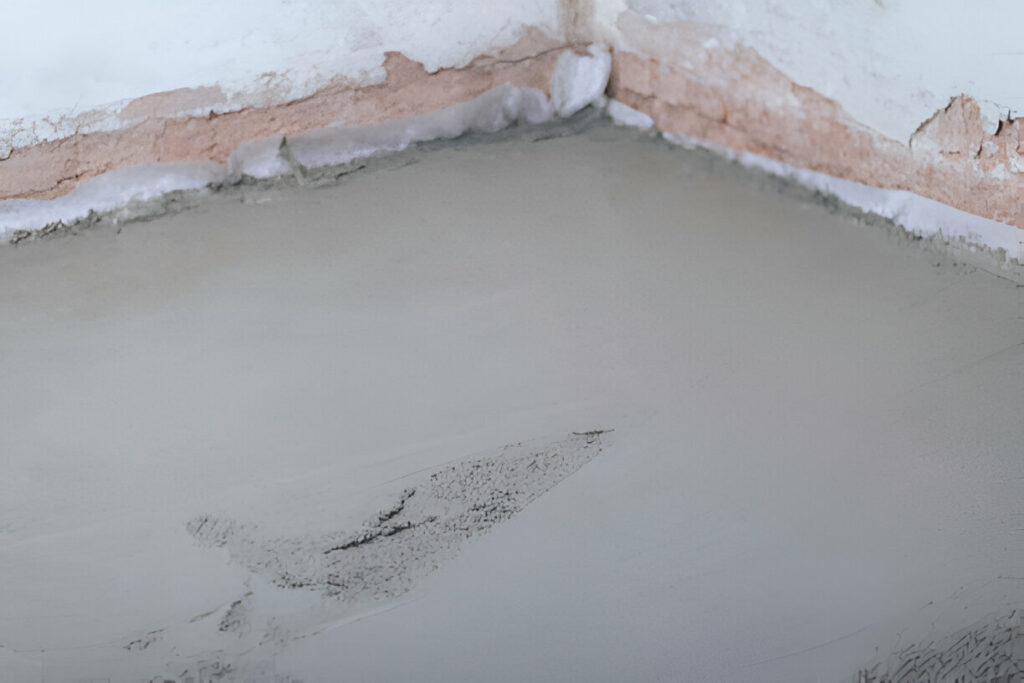

Stucco Crack Repair and Waterproofing
Cracks in stucco are not just unsightly; they can also be entry points for moisture, leading to significant damage over time. To address this, inspect your stucco regularly for any cracks. Small cracks can be filled with a high-quality elastomeric sealant, which is flexible and can move with the structure without cracking.
For larger cracks, a more extensive repair might be needed, involving removing the damaged section and reapplying stucco. After repairs, applying a waterproofing sealant ensures the treated areas are well-protected.
Stucco Sealing and Waterproof Coating
Sealing stucco is a vital step in waterproofing. Sealants create a protective barrier on the surface, preventing water penetration. There are various types of sealants available, including acrylic, silicone, and elastomeric.
Each has its benefits, with elastomeric sealants being particularly effective due to their flexibility and durability. Applying a waterproof coating over the sealant adds an extra layer of protection, ensuring the stucco remains impermeable to moisture.
Stucco Flashing Installation and Waterproofing
Flashing is a crucial component in waterproofing, directing water away from vulnerable areas like windows, doors, and roof intersections. Proper installation of flashing involves placing it under the stucco layers and ensuring it overlaps correctly to guide water away from the structure.
Using high-quality, corrosion-resistant flashing materials like galvanized steel or aluminum further enhances the waterproofing capabilities. Regular inspection and maintenance of flashing are necessary to ensure it remains effective.
Foundation Stucco Waterproofing
The foundation of a building is one of the most critical areas to waterproof, as moisture infiltration can compromise the entire structure. For stucco foundations, a multi-layered approach is often employed.
This includes applying a waterproof membrane directly to the foundation, followed by a protective layer of stucco. The waterproof membrane acts as a barrier, preventing water from seeping into the foundation, while the stucco provides an additional layer of protection and aesthetic appeal.
Wall Stucco Waterproofing Systems
Advanced Wall stucco waterproofing systems integrate multiple components to create a comprehensive barrier against moisture.
These systems often include a combination of weather-resistant barriers, drainage mats, and vapor-permeable membranes. Weather-resistant barriers are applied directly to the sheathing, creating a moisture-resistant layer.
Drainage mats provide a channel for water to escape, preventing it from getting trapped behind the stucco. Vapor-permeable membranes allow moisture vapor to escape from the wall cavity, reducing the risk of mold and mildew.
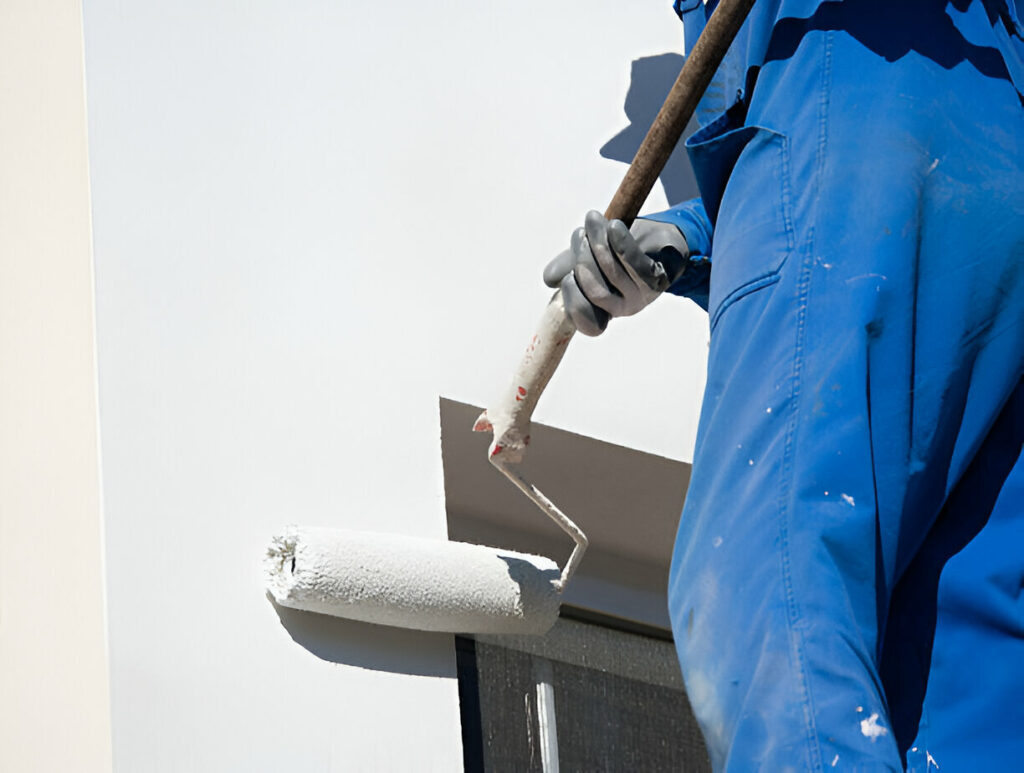
Stucco Caulking & Waterproofing Treatments
Caulking is an essential aspect of Stucco Waterproofing, particularly around joints, seams, and other areas where water might penetrate.
High-quality caulk, such as polyurethane or silicone, provides a flexible, durable seal that accommodates building movement without cracking. Regular inspection and reapplication of caulk ensure that all seams and joints remain watertight.
Additionally, specialized waterproofing treatments can be applied to the stucco surface, enhancing its resistance to water and prolonging its lifespan.
Stucco Moisture Barrier Installation
Moisture barriers are critical in preventing water from penetrating the stucco and reaching the underlying structure. These barriers are typically installed during the initial construction phase. Common moisture barrier materials include building paper, house wrap, and liquid-applied membranes.
Building paper and house wrap are applied in overlapping layers to create a continuous barrier, while liquid-applied membranes are sprayed or rolled onto the surface, creating a seamless protective layer. Proper installation of moisture barriers is essential for effective Stucco Waterproofing.
Stucco Drainage System Waterproofing
Effective drainage systems are vital for directing water away from stucco surfaces and preventing moisture buildup.
These systems typically involve the installation of weep screeds, drainage mats, and proper grading around the building. Weep screeds are installed at the base of stucco walls, allowing water to escape from behind the stucco.
Drainage mats provide a channel for water to flow away from the wall, preventing it from getting trapped. Ensuring proper grading around the building directs water away from the foundation, reducing the risk of moisture infiltration.
Conclusion
Stucco Waterproofing is essential for maintaining its durability and performance. From exterior and interior waterproofing to crack repair, sealing, flashing installation, and advanced wall systems, each method plays a crucial role in protecting stucco surfaces from moisture damage. By employing these comprehensive waterproofing techniques, you can ensure your stucco remains robust and resilient, preserving the integrity and beauty of your home for years to come.
Contact US:
For more tips and Stucco Waterproofing NY, contact us at Hi Tech Contracting & Restoration Corp today at 718-510-6000. Let our experts help you keep your home safe from water damage. Stay connected with us on social media for the latest updates and advice:
Follow us for more insights and special offers!
Location:
